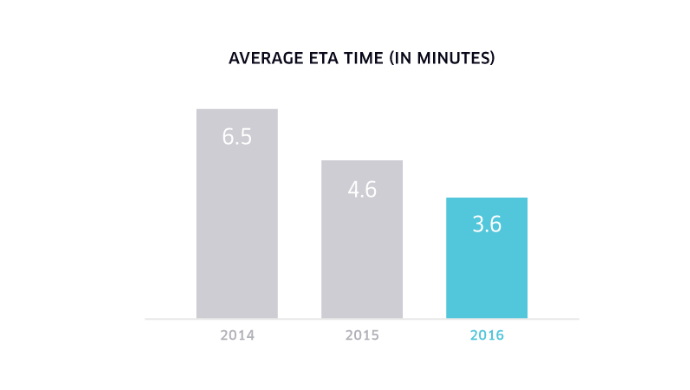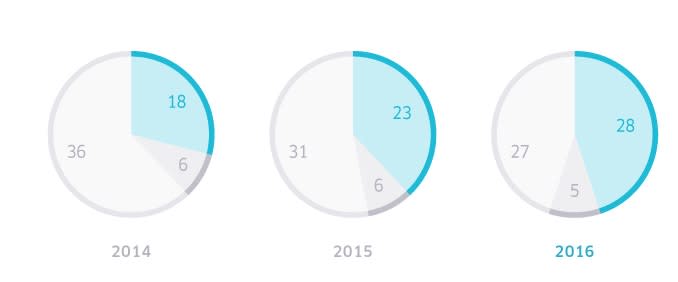Three years on, how has Uber impacted Singapore?
Uber released localised data and offered some insight into how exactly Singapore uses the world’s most famous ride-hailing service
While the ride-hailing industry in Singapore lacks the drama of China, Indonesia or India, the impact Uber — and its rival Grab — have made on the city is undeniable.
Hundreds of thousands of people use Uber in Singapore, but without data it is hard to pinpoint exactly how people use the service. Do they commute to work using the app? Or is it mostly a tool to get home after a night out?
Well, some light has been shed on Uber in Singapore.
To celebrate its third anniversary in the city, the ride-hailing company released localised data for Singapore and revealed some interesting tidbits.
Also Read: Uber and war with clones
Notable is the fact that Uber rides are used to fill gaps in the MRT system. Data shows that 25 per cent of pick-ups or drop-offs occur at a station.
The company says this helps facilitates heavier use of the MRT because it is, “making it more likely that people will use the existing public transit infrastructure, which may have been inaccessible to them before”.
To exemplify the phenomenon, one Uber route takes visitors of the Singapore Zoo to Chao Chu Kang station. They save money by not taking the Uber all the way home, but still use the service as a step along the way.
Uber is also seeing marketplace growth. While the company has tens of thousands of drivers throughout the city, the best statistic to exemplify growing popularity is average wait time — which statistics say has dropped from 6.5 minutes in 2014 to 3.6 minutes this year.

Courtesy of Uber
As for the drivers, the most important question is how much money they are making.
On average, the gross amount a driver makes has risen over seven dollars since 2014. It was S$18.87 (US$13.80) per hour, but now the number is S$26.08 (US$19.07) per hour.
Uber has various incentivised commission rates but if we take the standard 20 per cent commission, this means the average driver will pocket S$20.87 (US$15.26). In 2014, it came out at S$15.09 (US$11.03) per hour.
A significant numbers of these drivers are driving on a part-time schedule; the company says 45 per cent of drivers in Singapore are on the road for less than 10 hours per week or less.

Courtesy of Uber
Furthermore, drivers are spending more time commuting people around the city rather than sitting idle waiting for fare.
In 2014, the average idle time was 36 minutes per hour spent working. In 2016, the number is now 27 minutes. Three years ago the driver would spend 18 minutes per hour actually driving someone, now the number is up to 28 minutes per hour.
Also Read: Car Wars: After Uber, Jugnoo accuses Ola of using murky tactics to hurt its business
The “wait/pick-up” time has fluctuated between five and six minutes all three years.

Courtesy of Uber
Let’s end on a rather funny statistic; 90 per cent of rides were given a 5-star rating — which either points to a city full of kick-ass drivers, or (and more likely), Singaporeans are overly generous when dishing out that 5-star rating.
—
Featured image courtesy of Uber.
The post Three years on, how has Uber impacted Singapore? appeared first on e27.



